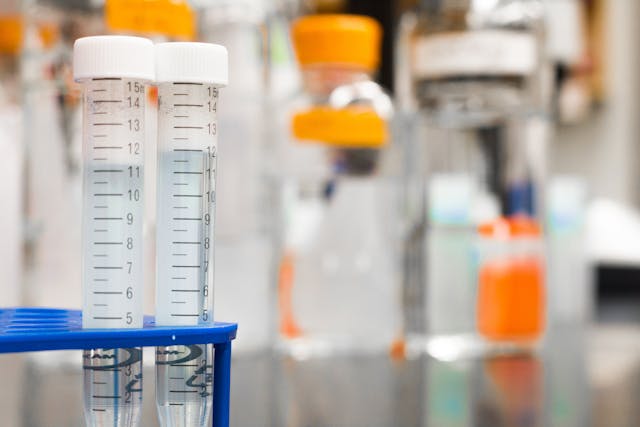Drug and Alcohol Testing in the Workplace: A Key Step for Safety and Compliance

For any responsible business, workplace safety is of utmost importance. In addition to physical ability, ensuring that workers are free of substances that could affect their judgement, coordination, or productivity is another important aspect of ensuring they are fit for work. Drug and alcohol testing becomes crucial at this point.
Businesses must take proactive measures to prevent substance use-related workplace mishaps, regardless of the industry—construction, healthcare, transportation, or any other where safety is of the utmost importance.
However, what is the process of drug and alcohol testing, and why is it so important for compliance and safety? Let’s examine all the information that companies and employees require.
Why Drug and Alcohol Screening Matters within the Workplace
1. Ensuring a Safe Work Environment
Employees under the impact of medicine or alcohol can pose critical dangers to themselves, their colleagues, and the general work environment. Whether operating equipment, riding vehicles, or making critical choices, impaired judgement can result in accidents with severe effects.
2. Reducing Workplace Accidents and Injuries
Research consistently highlights that substance use contributes to workplace accidents. By enforcing drug and alcohol screening, corporations can notably decrease the possibilities of injury-related incidents, maintaining the personnel and business premises safe.
3. Legal and Regulatory Compliance
Many industries, especially those in high-threat sectors, are legally required to conduct drug and alcohol screenings to match with workplace health and safety laws. Failure to achieve this can result in heavy fines, legal actions, and reputational damage.
4. Enhancing Productivity and Performance
Substance use inside the business environment doesn’t simply affect safety—it also affects efficiency. Employees under the influence may also experience reduced attention, absenteeism, or reduced work satisfaction, all of which can hurt a business enterprise’s bottom line.
5. Protecting the Reputation of the Business
A single incident related to capsules or alcohol can critically affect a corporation’s recognition. Customers and stakeholders count on businesses to perform responsibly, and on ground incidents related to substance abuse can break belief and credibility of the company.
Legal Considerations for Employers
The identification of drugs and alcohol at workplaces serves safety, but companies must maintain their screening practices in accordance with legal principles and ethical codes.
1. Employee Rights and Privacy
Workplace safety concerns require employers to develop methods to protect employee privacy rights. Drug and alcohol screening policies need to be completely transparent, with clear guidelines and uniform execution throughout the workforce.
2. Workplace Policies and Consent
A business needs definitive policies that specify the testing frequencies and procedures before launching any drug and alcohol screening program. The company must also introduce drug and alcohol testing policies for new hires, who must actively accept these policies.
3. Handling Positive Test Results
When employees generate positive results, companies need to execute an established protocol that includes the following steps:
- A second examination should be performed to verify the results and eliminate cases of incorrect testing.
- The employee and employer need to convene to examine those results.
- Companies usually consider support programs that help employees recover and potential disciplinary measures.
4. Compliance with Industry Regulations
Some sectors, including aviation, transport, and mining, have specific and strict regulations for drug and alcohol testing of their employees. Employers in specific industries administer drug testing regulations to safeguard themselves from legal consequences.
Best Practices for Implementing Drug and Alcohol Screening in the Workplace
Several vital practices exist to implement drug and alcohol screening properly when you plan to introduce this process at your workplace.
- Outline the purpose, procedures, and consequences of drug and alcohol screening in a written policy.
- The program will help employees through training that explains both workplace security requirements and substance abuse dangers.
- The consistent implementation of drug and alcohol screening policies should apply to every employee to prevent discrimination issues.
- The implementation of accurate and reliable results requires teams up with professional testing services who maintain accreditation.
- If an employee struggles with substance use, consider offering support through Employee Assistance Programs (EAPs) rather than immediate dismissal.
Conclusion
Workplace drug and alcohol screening is more than just a compliance requirement—it’s crucial to fostering a safe, productive, and responsible work environment. By proactively identifying and addressing substance-related risks, businesses can protect employees, enhance performance, and maintain industry compliance.
For employers, a well-structured drug and alcohol screening program ensures legal adherence and the well-being of the entire workforce. Understanding and respecting these policies contributes to a safer and more professional workplace for employees.
By prioritising safety and taking proactive measures, businesses can build an environment of accountability and trust in which every employee can work confidently and securely.





